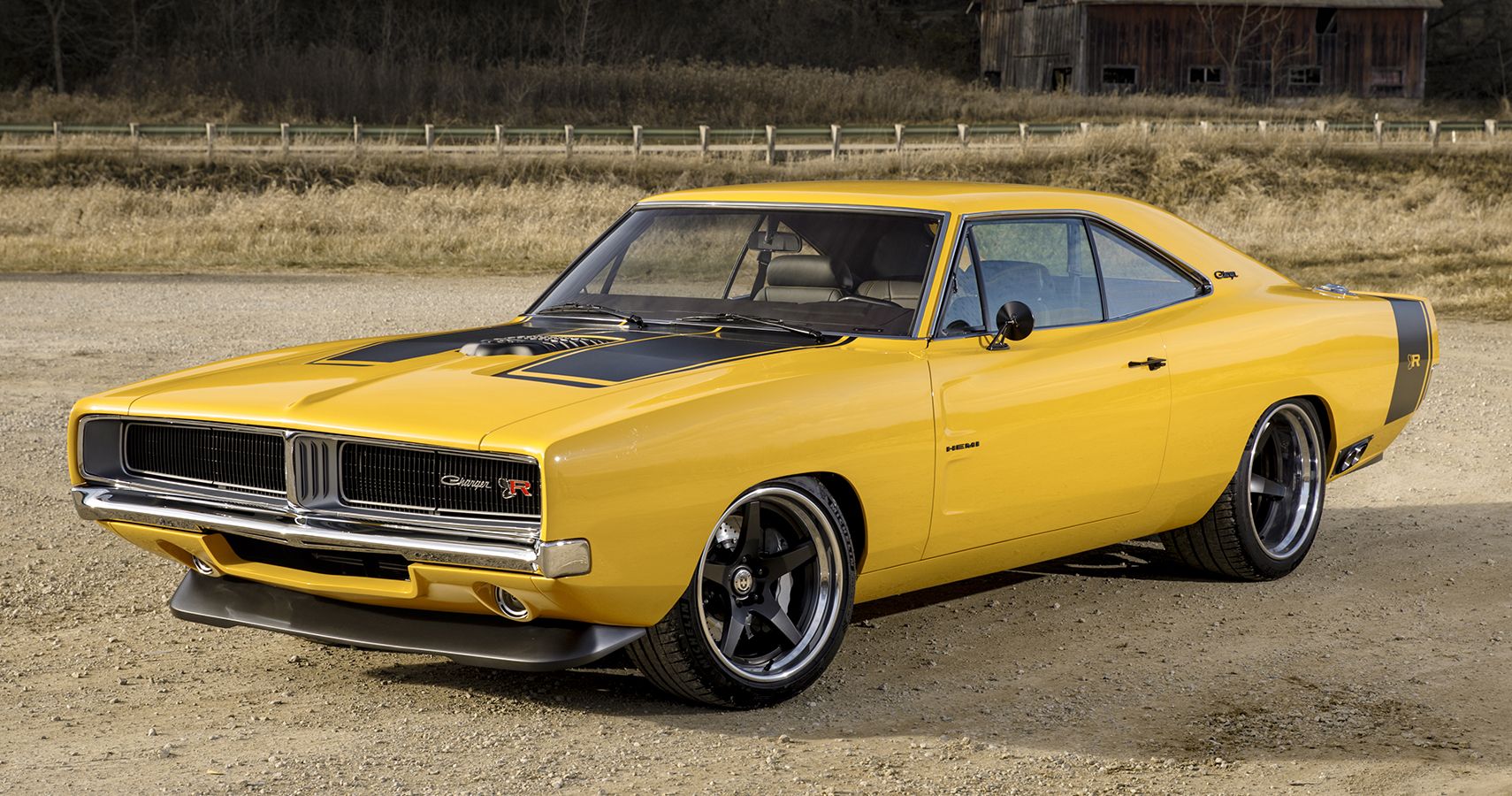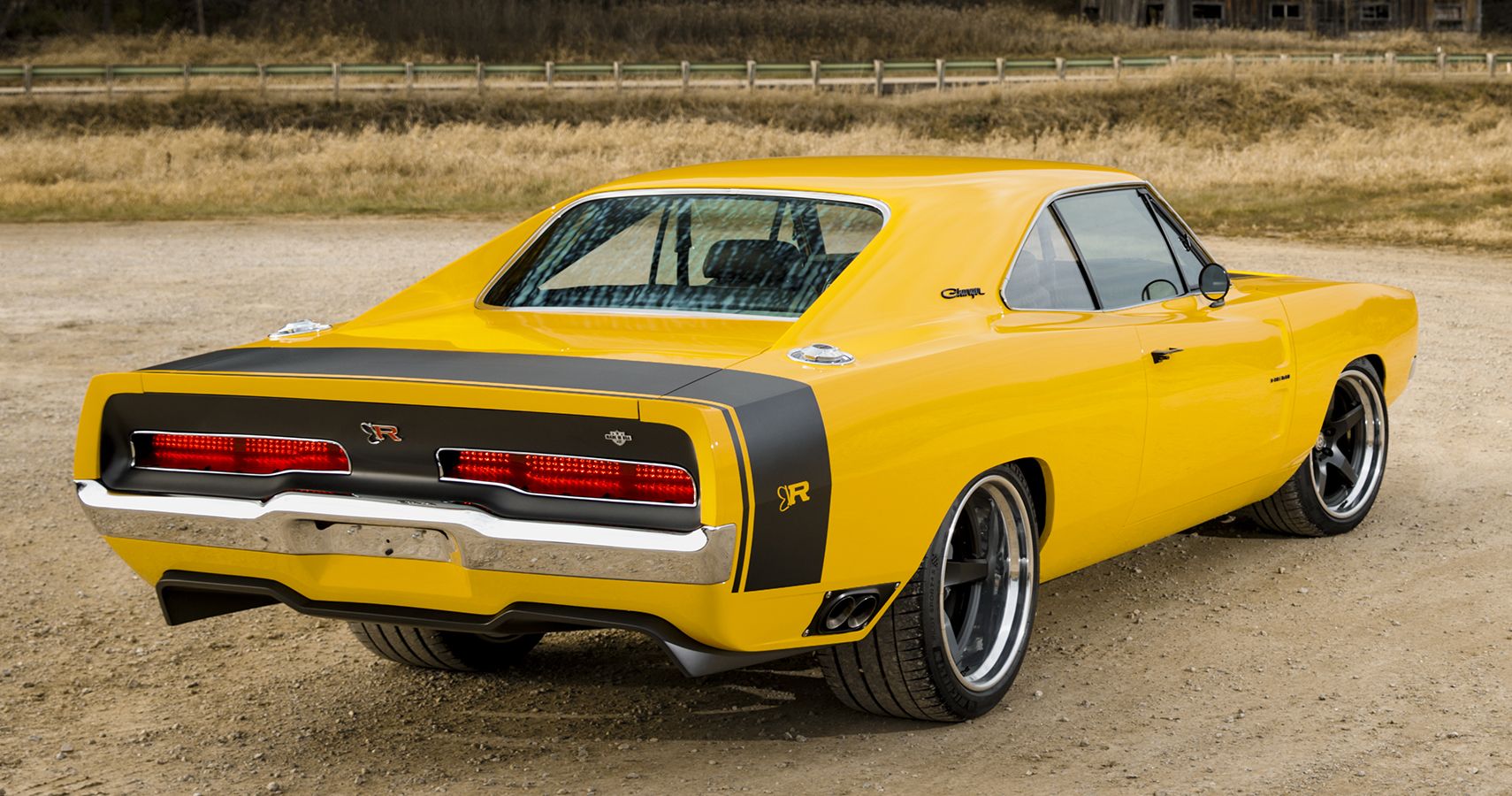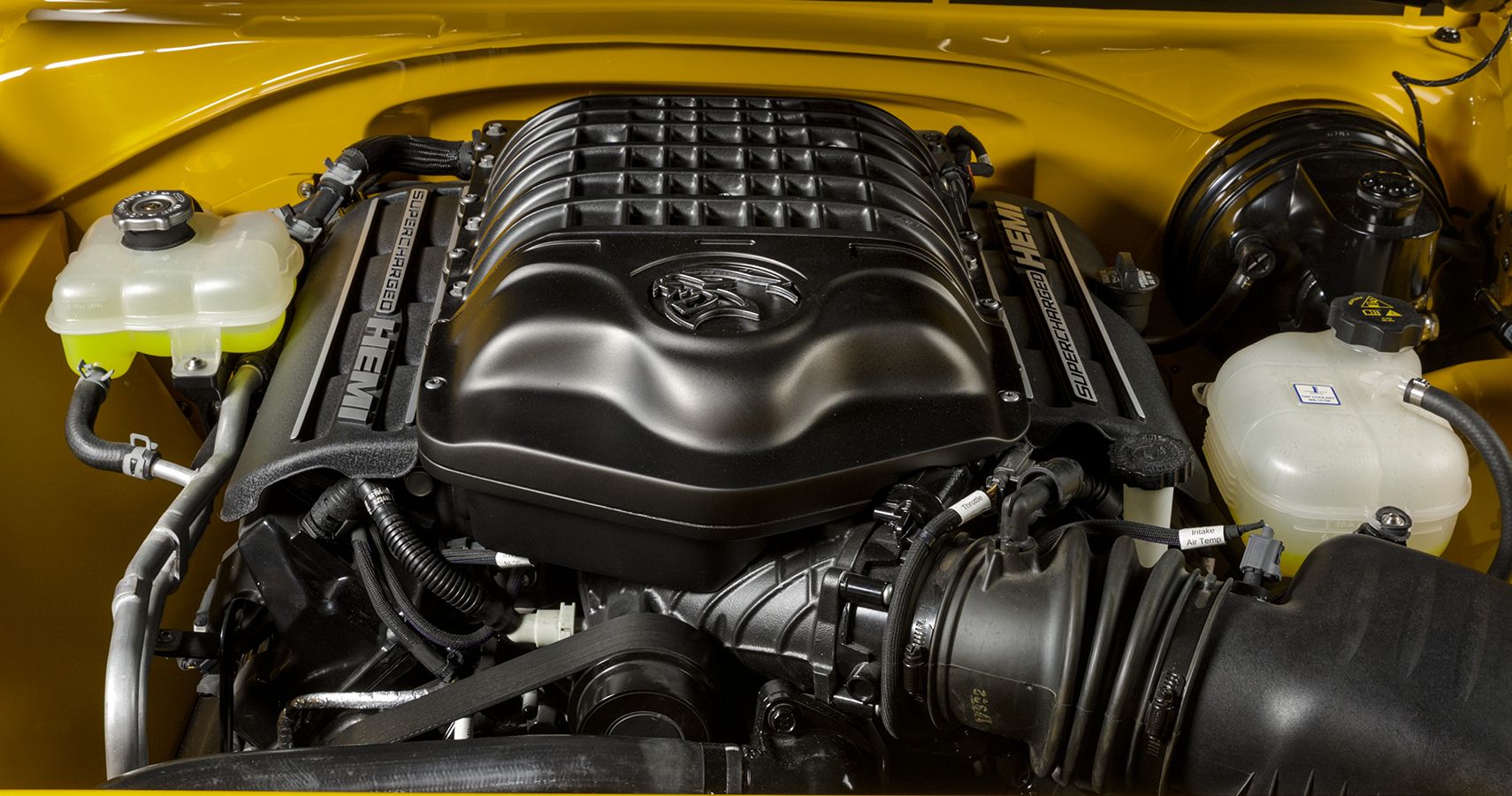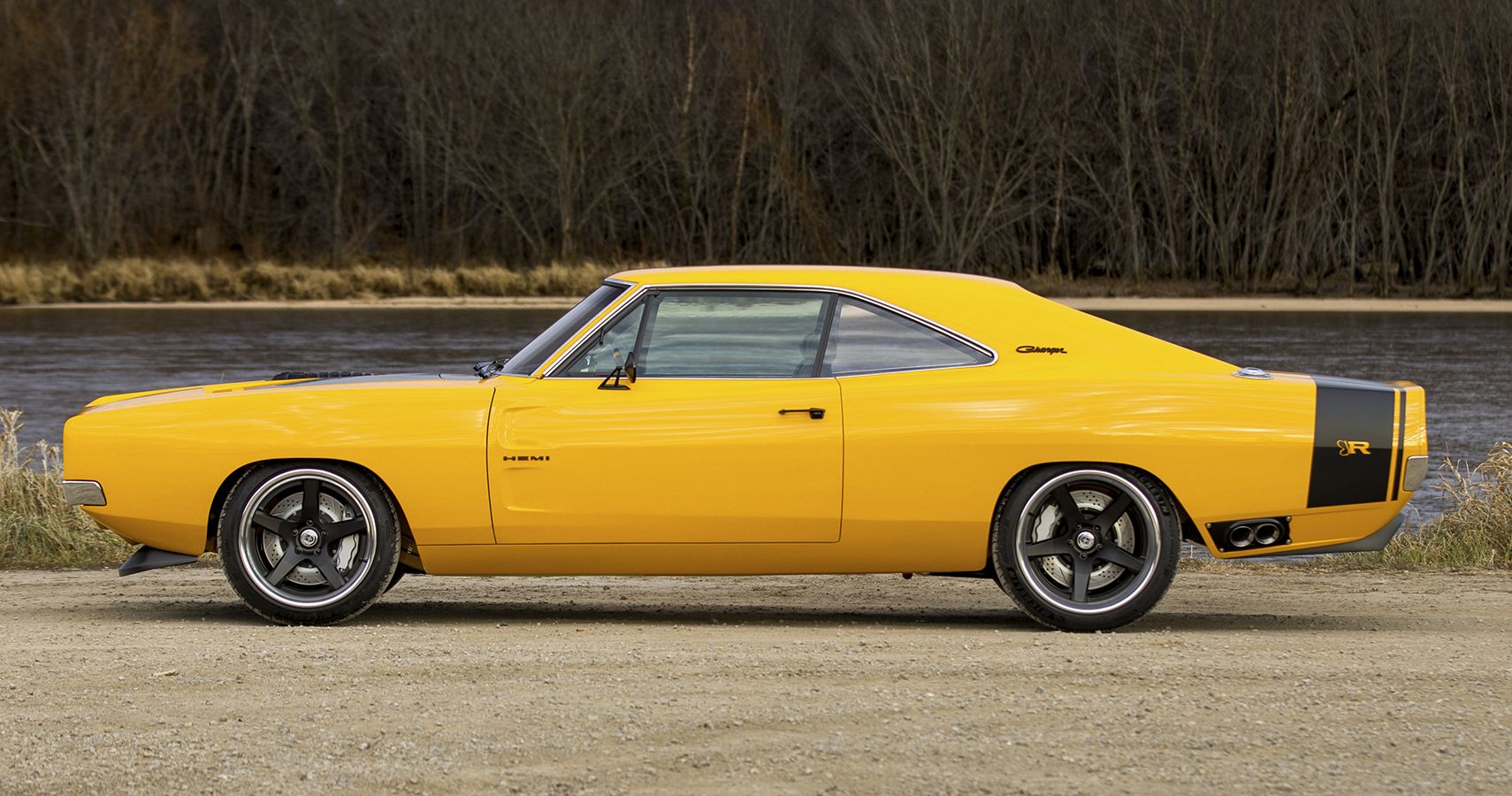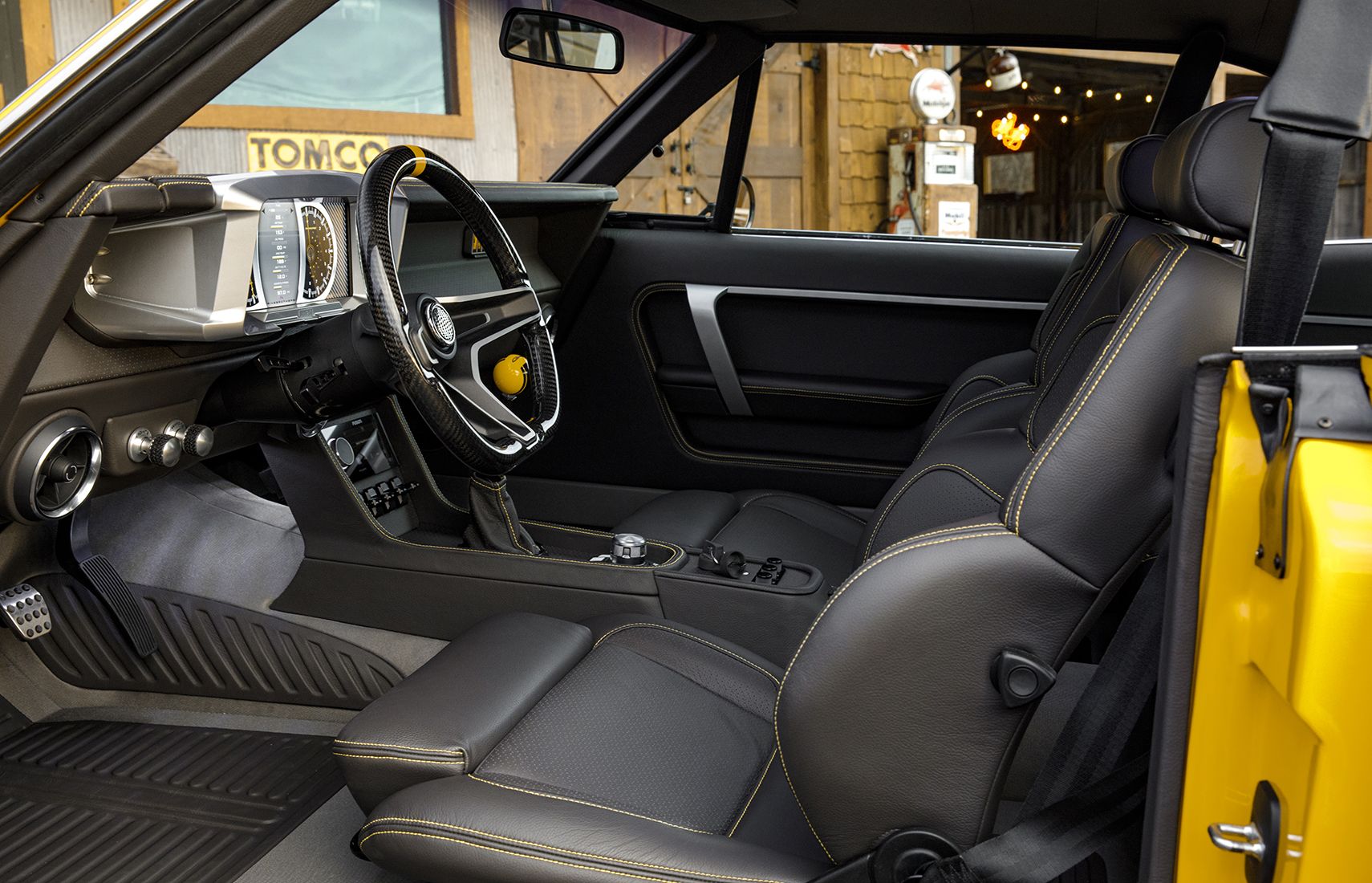The modern-day Dodge Charger is a full-size four-door sedan with some muscles to boot. Its most powerful form is the Dodge Charger SRT Hellcat Redeye, which is powered by a supercharged 6.2-liter V8 engine, delivering up to 797 hp of max output and 707 lb-ft of peak torque. It’s one of the quickest four-door sedans in a straight line, but it wasn’t before.
After all, the original Charger (1966 model year) was a two-door model based on the Dodge Coronet. Nonetheless, the second generation of the Charger could be considered as one of its most popular iterations, covering 1968, 1969 and 1970 model years. They even appeared in recent car films; Dominic Toretto’s muscled drive in the Fast & Furious franchise was a 1970 Charger.
Due to its massive popularity, the second-gen Charger has become the subject of several restoration and modification jobs. One of these is a recent one-off project completed by famed restoration experts Ringbrothers – a beautiful 1969 Dodge Charger aptly named CAPTIV.
Even at first glance, it is easy to tell that this 1969 Charger is a captivating restomod. However, the Charger restomod’s yellow finish and black stripes tell just a small part of the story. After all, there are more things that make the Ringbrothers CAPTIV so awesome.
A 1969 Charger Restomod For Motorsport Legend
This 1969 Dodge Charger CAPTIV is not for sale. It is a creation done by Ringbrothers for a famous client from New Zealand – motorsport legend TV personality Gregory “Greg” Murphy. Still lurking behind the wheel of potent cars as a professional racing driver, Greg is a four-time Bathurst 1000 winner and was a presenter at Top Gear Live with Jeremy Clarkson and James May.
Greg wasn’t even born yet when this 1969 Dodge Charger was first assembled in Detroit. But as a car guy with a love for power and speed, Greg also has his vision. Years ago, he tapped Ringbrothers to realize this vision that involves restoring and modifying his 1969 Charger. The restomod project officially started as soon as the disassembly and prep of the classic muscle commenced in New Zealand.
A Charger Unibody With Attractive Yellow Exterior
Once the 1969 Charger was disassembled and prepped, it was shipped to Ringbrothers’ awesome garage in Spring Green, Wisconsin – traveling more than 8,000 miles in the process. After arriving in America for its second assembly, the 1969 Dodge Charger underwent a meticulous transformation to become the CAPTIV.
The project actually entailed an extensive metalwork, which included complex tasks like making the Charger unibody and integrating the customized Flowmaster exhaust system. The Ringbrothers team then went to coat the 1969 Charger with a protective yet attractive finish -- a custom BASF “Pile Up Yellow” paint derived from the Porsche 114 Signal Yellow hue.
An Awesome 1969 Classic With Modern Hellcat Muscle
The build was not an easy process – it even took years before the famed Ringbrothers completed the project. But that almost didn’t matter, since the Charger had a new awesomely powerful heart transplanted in its engine bay – a Mopar Hellcat crate engine.
Mopar’s 6.2-liter Hellcrate supercharged engine is more or less the same Hellcat mill that powers several Dodge creations, including the modern Charger, Challenger and Durango. It is fully capable of delivering 707 hp of max output and 650 lb-ft of peak torque. Along with the Crate Hemi Engine Kit, this engine is a plug-and-play machine that can now be installed on any pre-1976 classic.
To ensure that this insane amount of power is properly distributed to the wheels, Ringbrothers installed a Bowler Tremec T-56 6-speed transmission, with power coursed through a QA1 carbon fiber driveshaft. Ringbrothers didn’t give any performance figure for this 1969 Charger restomod, but with 707 hp of output and 650-lb-ft of torque at its disposal, the CAPTIV should be an awesome piece of classic muscle.
A Mechanical Setup Complete With Aftermarket Parts
The CAPTIV sits on a chassis, front and rear suspension, and front and rear sway bars from Art Morrison as well as on shocks from Ride Tech Drop Spindles and a nine-inch rear end from John’s Industries. Connecting CAPTIV to the ground are HRE Wheels’ Ringbrothers Edition Recoil rims (19 x 11 inches front and 20 x 13 inches rear) shod with Michelin Pilot Sport 4S tires (295x35x19 front and 345x30x20 rear).
Completing the mechanical setup of Greg’s 1969 Dodge Charger restomod are 6S 6-Piston brake calipers from Baer for the stopping prowess, as well as fuel tank, cell and pump from Rick’sHot Rods. Fuel management is Factory Mopar though.
A Dark Exterior With Customized Steering Wheel
Inside, CAPTIV features full-custom upholstery courtesy of Upholstery Unlimited. The dark interior is highlighted by black seats with yellow stitching, thereby contrasting the exterior theme. Ringbrothers installed their very own customized Murph Steering Wheel, which features a 3D-printed horn button, carbon fiber hoops and billet aluminum spokes and hub.
The restomod also features top-of-the-line MoTeC engine management system and C1212 gauges; Vintage Air Gen IV Magnum Evap Kit and a Fusion Head stereo system with Kicker speakers.
By the time Ringbrothers finally completed the 1969 Dodge Charger CAPTIV, the team had already spent around 4,240 build hours.
Source: Ringbrothers

